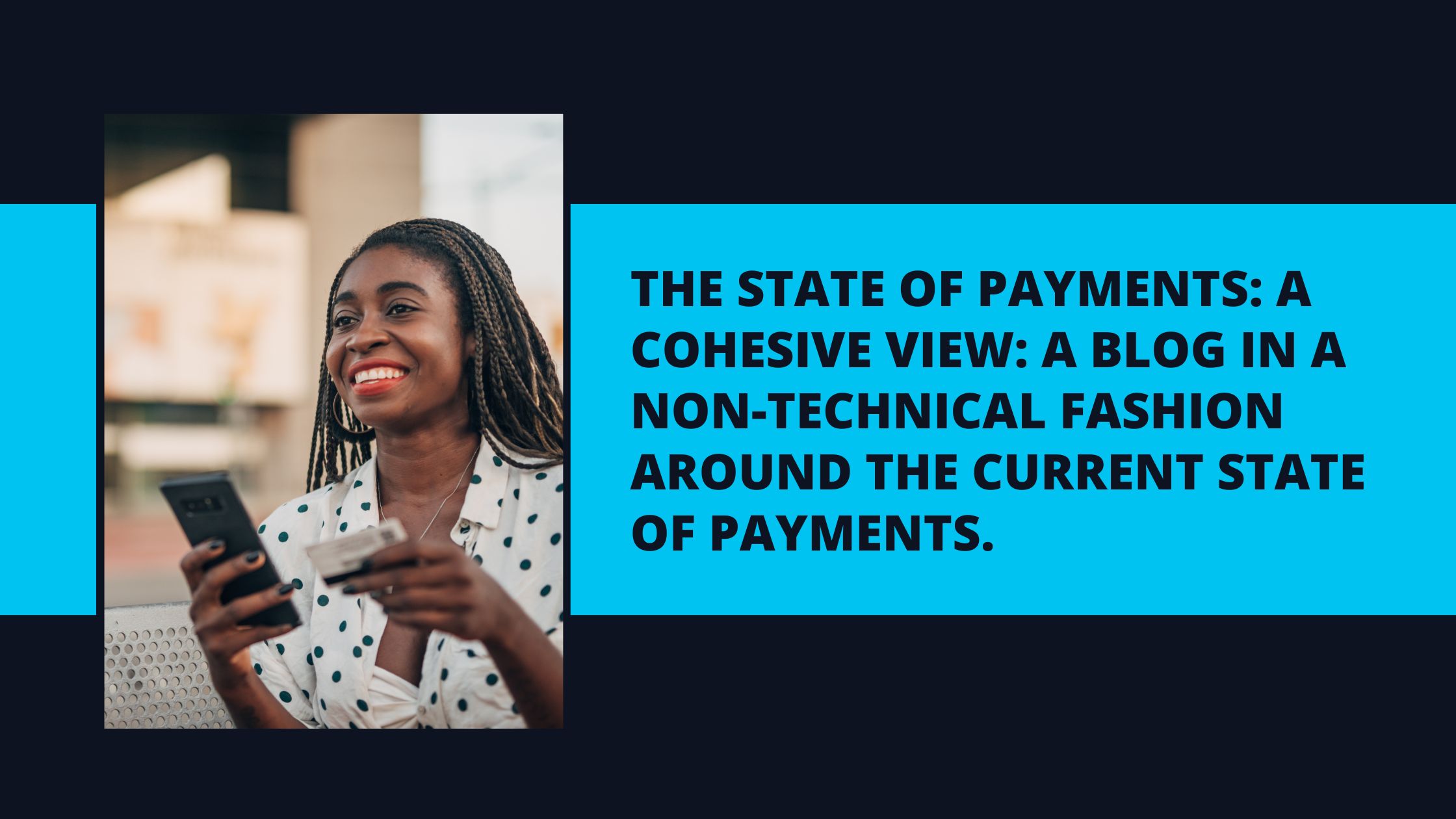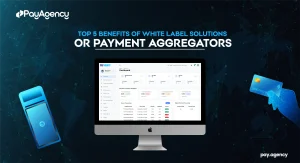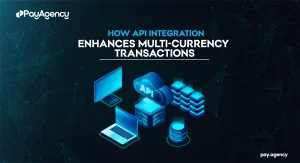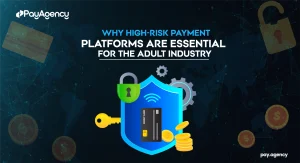Introduction
A payment is the voluntary tender of money or its equivalent or of things of value by one party to another in exchange for goods, or services provided by them, or to fulfil a legal obligation. The party making the payment is commonly called the payer, while the payee is the party receiving the payment. Payment is the exchange of money, goods, or services for goods and services in an acceptable amount to both parties and has been agreed upon in advance. You can pay with cash, a check, a wire transfer, a credit card, a debit card, or even cryptocurrency.
Understanding Payment
The way money works now, you can pay for things with cash. Money is a convenient way to pay for things and easy to store. It has made economic transactions easier.
Before, many people used money and other ways to make payments; people would trade one good or service for another. .
Payment can be the exchange of something of value or use to both parties. Most of the time, an invoice or bill comes before a payment. Payees can usually choose how they want to be paid most of the time. However, several rules say that the payer must take up to a certain amount of the country’s legal cash. When a payment is made in a foreign currency, there are often fees for the foreign exchange transaction. These fees are usually between 2 and 3 percent of the total payment amount, but they can be much higher depending on the bank, card issuer, and place of purchase.
Money and the idea of its exchange through payments have evolved a lot from the time of inception. From goods to grain, from metal coins to paper, from bank accounts to e-wallets, money has taken various shapes, sizes, and forms. Payments evolved from a barter system (exchange of goods for grains) to the token system (exchange of coins and cash on paper) to cash pooling (bank accounts and deposits) to cashless payments (credit cards, checks, e-wallets). Over the last decade or so, payment technologies have grown at a dizzying pace.
Payments are now evolving at a rapid pace with new providers, new platforms, and new payment tools launching on a near-daily basis. As consumer behavior evolves, an expectation of omni commerce emerges – that is the ability to pay with the same method whether buying in-store, online, or via a mobile device. This shift precipitates a need for retailers to adapt toward fast, simple, and secure mobile payments.
The ongoing war with alternative payment channels will intensify and challenges in emerging markets would force the incumbents to take drastic measures. Some key drivers would be:
1. Real-Time Payments: RTP represents a new phase of evolution within the payments industry, with several key features that differentiate them from current payment methods, specifically speed, value-added messaging capabilities, and immediate availability of transaction status. RTP will provide FIs with the functionality/features to innovate and meet customer demand.
2. Distributed Ledger Technology (DLT)/Blockchain: Blockchain has the potential to completely change the financial transaction processing cost model amongst its various applications. It also enables all processing to be done over a distributed system network or in the cloud, avoiding the usage of costly data centers or mainframes.
3. Expansion of Payments to Non-Physical Interfaces: Traditional interfaces are challenged by external stakeholders (Amazon, Google, Facebook, and Apple) in two ways – voice assistants and VR. Connected assistants become smarter and add functionality with the enhancement of NLP and image recognition. Betting on physical interfaces, and mobile, in particular, can no longer ensure long-term relevance as voice-first solutions evolve. With Facebook obsessed with killing the smartphone to own virtual spaces, classic interfaces and solutions developed for them will gradually fall out of grace.
4. Unified Platforms: The first Visa/Mastercard/SWIFT-free payments system – the Unified Payments Interface (UPI) by NPCI was launched in 2016. UPI is an open-source platform designed for the mobile age that helps with the easy integration of various payment platforms. UPI is powered by a single payment API and a set of supporting APIs. UPI offers a whole new model of the financial services industry ecosystem. UPI became a starting point of what SWIFT called a journey to a single payments platform. UPI is a benchmark to what the payments landscape should be moving towards given that oversaturated payments ecosystem, where too many ‘pay’s’ won’t let anyone win. Disjoint experiences across businesses create customer confusion, and, in the end, with a limited customer base, limit opportunities for every payment service provider – existing and new. Professionals from SWIFT emphasize that the payments industry must migrate from a plethora of aging and expensive systems and schemes to a single platform to process all payments. However, a single payment experience for customers (based on seamless system interoperability, comparable to mobile telephony) is a more probable future than a single payments platform.
Processes – How Transactions Work
Payments transactions are processed through a variety of platforms, including brick-and-mortar stores, e-commerce stores, wireless terminals, and phone or mobile devices. The entire cycle usually takes place within two to three seconds.
We will use a credit card payment as a model to demonstrate each step in the transaction process, which includes the following participants:
Cardholder: There are two types of cardholders: a transactor who repays the credit card balance in full and a revolver who repays only a portion of the balance while the rest accrues interest.
Merchant: This is the store or vendor who sells goods or services to the cardholder. The merchant accepts credit card payments. It also sends card information to and requests payment authorization from the cardholder’s issuing bank.
Acquiring Bank/Merchant’s Bank: The acquiring bank is responsible for receiving payment authorization requests from the merchant and sending them to the issuing bank through the appropriate channels. It then relays the issuing bank’s response to the merchant.
Acquiring Processor/Service Provider: This third-party entity is sometimes an arm of the acquiring bank. A processor provides a service or device that allows merchants to accept credit cards as well as send credit card payment details to the credit card network. It then forwards the payment authorization back to the acquiring bank.
Credit card Network/Association Member: These entities operate the networks that process credit card payments worldwide and govern interchange fees. Examples of credit card networks are Visa, Mastercard, Discover, and American Express. In the transaction process, a credit card network receives the credit card payment details from the acquiring processor. It forwards the payment authorization request to the issuing bank and sends the issuing bank’s response to the acquiring processor.
Issuing Bank/Credit Card Issuer: This is the financial institution that issued the credit card involved in the transaction. It receives the payment authorization request from the credit card network and either approves or declines the transaction.
Fees and Costs
Depending on the type of merchant and through which platform a good or service is delivered, credit card processing rates will vary. They usually are charged as flat fees, per-transaction fees, or volume-based fees. The major costs include:
Merchant Discount Rate: Merchants pay this fee for accepting credit card payments and receiving services from acquiring processors. It’s usually between 2% and 3% (online merchants pay the higher end) – to as much as 5% – of the total purchase price after sales tax is added. Also known as a discount fee, this rate comprises several components:
Interchange Fee: The acquiring bank and acquiring processor pay this fee to the issuing bank. It is market-based and set by each credit card network. Most interchange fees are assessed in two parts: a percentage to the issuing bank and a fixed transaction fee to the credit card network. Interchange fees vary and are categorized through a process called interchange qualification, which determines the rate based on several criteria:
Physical presence or absence of the card during the transaction
The processing method used (e.g., swiped, manually entered, or e-commerce)
Credit card company
Card type (e.g., regular, premium, commercial, rewards, or government-issued)
Merchant’s business type (as determined by merchant category code)
Assessments: Credit card networks (except American Express) charge this fee for transactions that are made with their branded cards. It usually is based on a percentage of the total transaction volume for the month. The fee usually is fixed, and the merchant’s acquiring bank may not charge a lower rate or negotiate a better deal with the merchant. Assessments generally are charged per transaction but can vary depending on the pricing model the merchant follows. Assessment amounts may change periodically. Combined with the interchange fee, assessments constitute between 75% and 80% of total card-processing costs.
Markups: Acquiring banks and acquiring processors usually will include a markup over interchange fees and assessments partly as profit and partly to cover the cost of facilitating credit card transactions. It constitutes between 20% and 25% of total card-processing costs. Merchants generally can negotiate the markup with the entities that charge them. Markups vary by processor and pricing model. They may also include other types of fees.
Chargebacks: Customers reserve the right to dispute a charge on their credit card billing statement within 60 days of the statement date. When the issuing bank receives a complaint from a customer, it charges the merchant between $10 and $50 as a penalty and for issuing a retrieval request. If the merchant doesn’t respond to the retrieval request within a certain timeframe, it could incur additional fees. The merchant may appeal, but the process is long and likely to favor the customer. If the merchant loses, the issuing bank will recover, or chargeback, the customer’s payment.
How Blockchain Will Change Global Payments
Distributed Ledger Technology (DLT), or blockchain technology, will have a beneficial impact on each of the four parts comprising the global payments structure.
Cryptocurrency payments work in much the same way as cash. The owner keeps their coins in a secure digital wallet to which only he/she has the key – a digital signature that only the owner knows. The wallet can receive payments without being opened, but to make a payment the owner must open the wallet with the key.
To make things extra safe, some wallets have multiple keys: for example, a wallet might have three digital signatures, one held by the owner, a second held by a trusted third party, and a third in offline (cold) storage. Making a B2B payment from one of these multisig wallets requires two or more keys, not just one. This is not unlike business checks that must be countersigned to be valid for payment.
A cryptocurrency-based global payment solution would thus work very differently from credit cards and other online transfers. Instead of the payment being authorized by the owner and then taken from the account by the recipient, the owner transfers the coins directly to the recipient – a push model, rather than an authorize and pull model. To make the payment, of course, the owner must have enough coins in the wallet.
Cryptocurrency payments typically clear much faster than today’s international B2B payments, since there are no intermediaries. And as the wallet must contain enough coins for the payment to be made at all, in theory, the payment cannot fail.
Broadly, there are two types of verification protocols employed by cryptocurrencies vying to be the next big global payments solution:
Bitcoin’s proof of work is a highly innovative solution to the verification problem, and it remains the most popular protocol. It involves solving cryptographic puzzles. When a puzzle is solved, a new block of transactions is confirmed and the user, or miner, is rewarded with new coins and transactions fees. As more coins are created, the puzzles become progressively more difficult, requiring larger and larger amounts of computing power. However, proof-of-work verification is relatively slow (at least 10 minutes), and its energy-intensive nature encourages the formation of mining pools or miner oligarchs which can monopolize verification.
Effectively, this creates central intermediaries that may be corrupt or become a target for malicious attacks.Because of this, some cryptocurrencies are adopting proof-of-stake, where the ability to verify transaction blocks is determined by the size of the miner’s investment. Proof-of-stake is less vulnerable to monopolization and malicious attacks, but on its own, it encourages fragmentation of the system, so it is usually combined with some other mechanism to discourage excessive mining. Nextcoin, for example, randomly selects the verifier for a new block using a lottery-type mechanism. Clearly, the more coins a user holds, the more likely they are to be selected as the verifier.
What is a Payment Gateway?
A payment gateway simply acts as a liaison between your ecommerce store and the payment processor. It is an essential component of your ecommerce payment processing solution. It relays information added in your ecommerce store in an encrypted form to the payment processor.
Payment gateways are software and servers that transmit transaction information to acquiring banks and responses from issuing banks (such as whether a transaction is approved or declined). Essentially, payment gateways facilitate communication within banks.
Security is an integral component of all payment gateways; sensitive data such as credit card numbers need to be protected from any fraudulent activities. The card associations have created a set of rules and security standards which must be followed by anyone with access to card information, including gateways.
5 Factors to Consider When Selecting a Payment Gateway
Installing an ecommerce payment system on your platform is a big decision, and there are several factors that you need to consider before you choose one. Here are 5 important factors to consider before you make a selection.
1. Do You Deal with International Customers?
If you only cater to the domestic market, you might not have to worry about selecting a payment gateway that allows for international transactions. However, if you sell overseas, you might want to choose one that allows for international payments.
This means that the payment gateway should offer support for different credit cards and it should also allow users to convert their payments into different currencies. More importantly, the payment gateway should offer support for different tax systems, including charging VAT and other taxes.
2. Will You Set Up Recurring Subscriptions?
Many ecommerce stores charge a monthly fee from their clients. If you want to set up recurring subscriptions on the platform, it’s important that you choose a gateway that supports it. It’s imperative that you choose a gateway which allows for changing the subscription amount (in case a customer chooses another package), and should offer comprehensive reports.
3. Different Types of Payments
Ideally, you should choose an ecommerce payment processing solution that allows you to accept a variety of payments, including from both debit and credit cards.
4. Integrations
Furthermore, you need to check for additional integrations. Ideally, your payment gateway should integrate with other ecommerce services as well, such as QuickBooks. Many businesses use the accounting software for recording transactions, so integrations like this can save you a whole lot of time and effort.
5. Level of Security
As mentioned above, the payment gateway you choose should be PCI compliant and it should offer tokenization. This is absolutely critical.
Conclusion
Selecting a suitable e-commerce payment processing solution is a big decision, and one that requires a decent amount of due diligence. You need to find a processor that best fits your needs, and re-evaluate your decision as your business continues to grow. There’s no such thing as a “one-size-fits-all” solution, so it’s always a wise idea to evaluate your requirements before you select one.Contact our team today to choose the best payment partner for your business.





